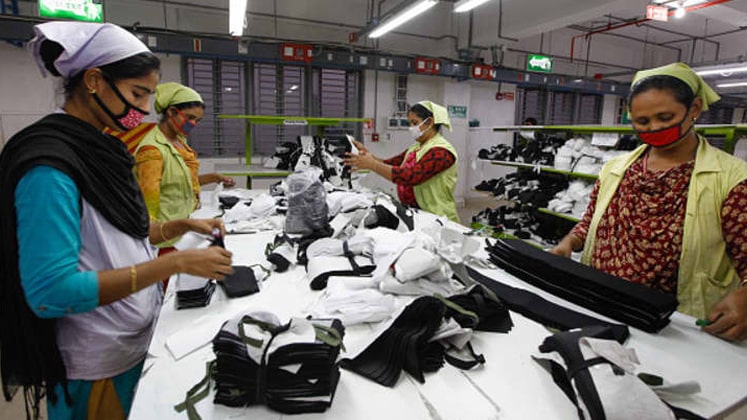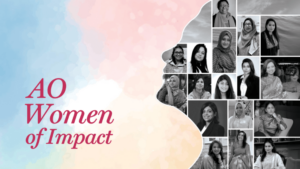
As per the International Labour Organization (ILO), from 2016 to 2019, Bangladesh had reduced working poverty by 3 percentage points even as wages in several sectors including apparel and leather have increased consequent to the new wage structure.
The ILO maintained the same while presenting the findings of its latest report (Asia–Pacific Employment and Social Outlook 2020: Navigating the Crisis Towards a Human-Centred Future of Work), which was released virtually recently.
With the new wage structure in several sectors, workers’ wages increased, which helped to generate more income and reduce working poverty in Bangladesh, maintained the ILO while adding that working poverty, at least at the most extreme level (living on less than US $ 1.90 a day), was declining before the coronavirus and the regional (Asia–Pacific) share of workers living below the international US $ 1.90 poverty line fell from 5.5 per cent in 2016 to 4.2 per cent in 2019.
However, coronavirus pandemic has inflicted a hammer-blow on the region’s labour markets, one that few Governments in the region stood ready to handle, reportedly, maintained chief of an economic unit, ILO regional office for Asia and the Pacific, Sara Elder during a question-answer session adding the pandemic is not over and workers need support for their livelihoods.
“The lockdown forced the informal workers in the services sector, as well as internal migrants to suffer the most,” said the former lead economist of World Bank, Bangladesh, Zahid Hussain, adding although with the reopening of the economy some of them regained their livelihood, it was still below the pre-pandemic level but expressed hopes the poverty caused by the pandemic could be alleviated to some extent, if necessary, assistance were distributed properly.






